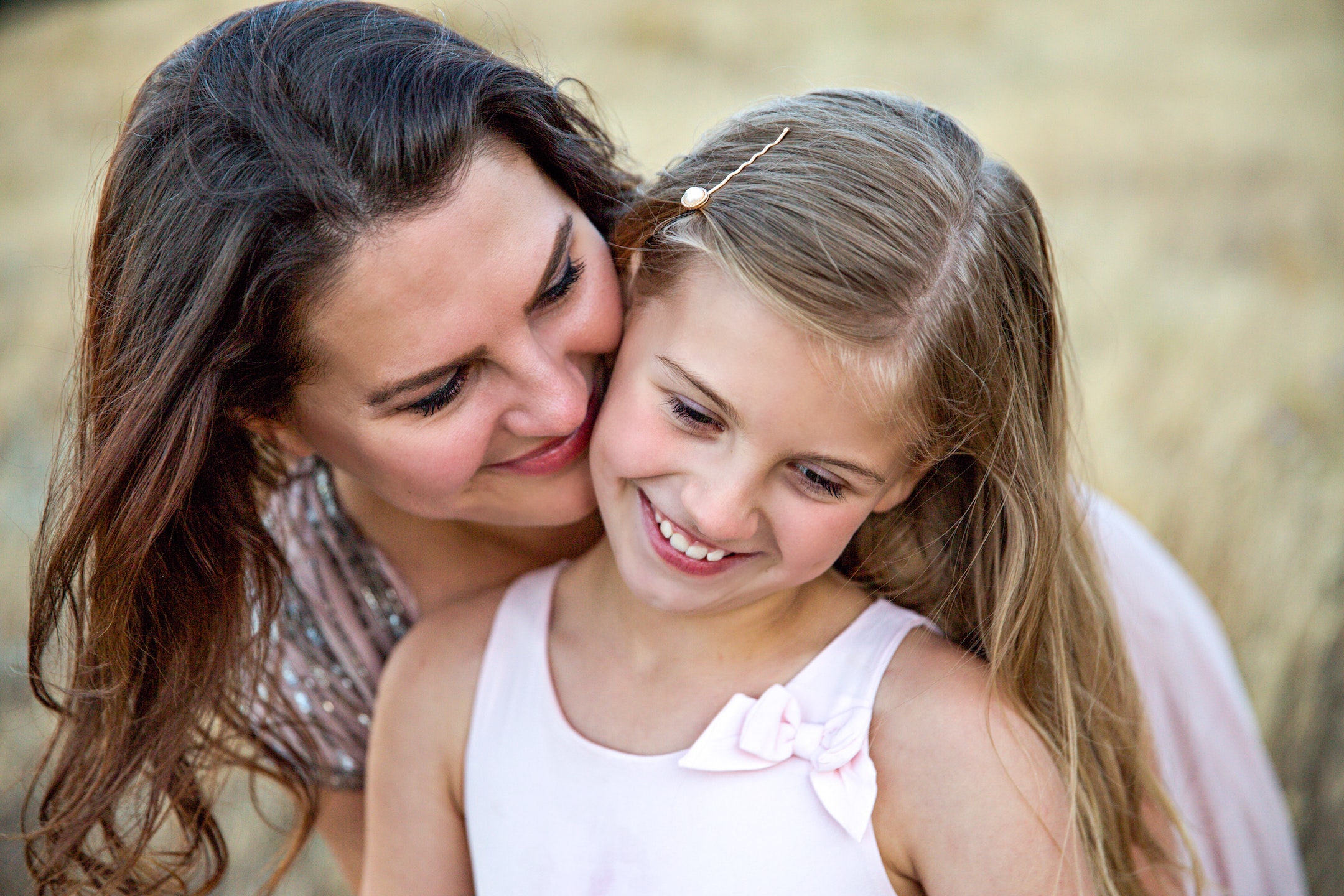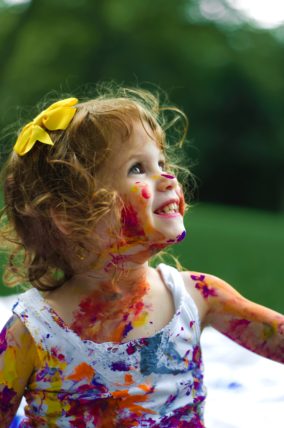
Students will need Extra Emotional Support this Fall
All educators are anxiously awaiting what this fall might look like. Some still aren’t sure if kids will be in the classroom or virtual—and things

All educators are anxiously awaiting what this fall might look like. Some still aren’t sure if kids will be in the classroom or virtual—and things

Ugh, life has been challenging lately, sometimes down right hard! Many of us are facing situations we never thought we would ever encounter. The stress

Stress is running high right now. Everyone is feeling it, whether it’s a change in our everyday routines, being worried about a loved one, or

Stress is everywhere. You can almost feel it in the air. Our community, our state, our country, and the world are facing a difficult time—a

Every parent wants the best for their children. We work hard at making sure they eat right, do well in school, get enough sleep, etc.

Step 7 of The Imagine Project writing activity is a 30-day Gratitude challenge. We ask students to write down 3 things they are grateful for

As parents and teachers we often see our kids struggling with issues that challenge their ability to cope. It may be keeping up in school,

As a parent, we are often looking for things to do with our children during the long summer months when they are out of school

Are you looking for tools to help kids/students with stress and trauma? Unfortunately, stress and trauma are common issues kids and teens must deal with

Ugh, yet another school shooting. Our hearts are all breaking once again. When will it ever end? What are the solutions? How can we help?




Join our community to get the latest tips, exclusive offers, and updates straight to your inbox. Don’t miss out—subscribe now and be the first to know!